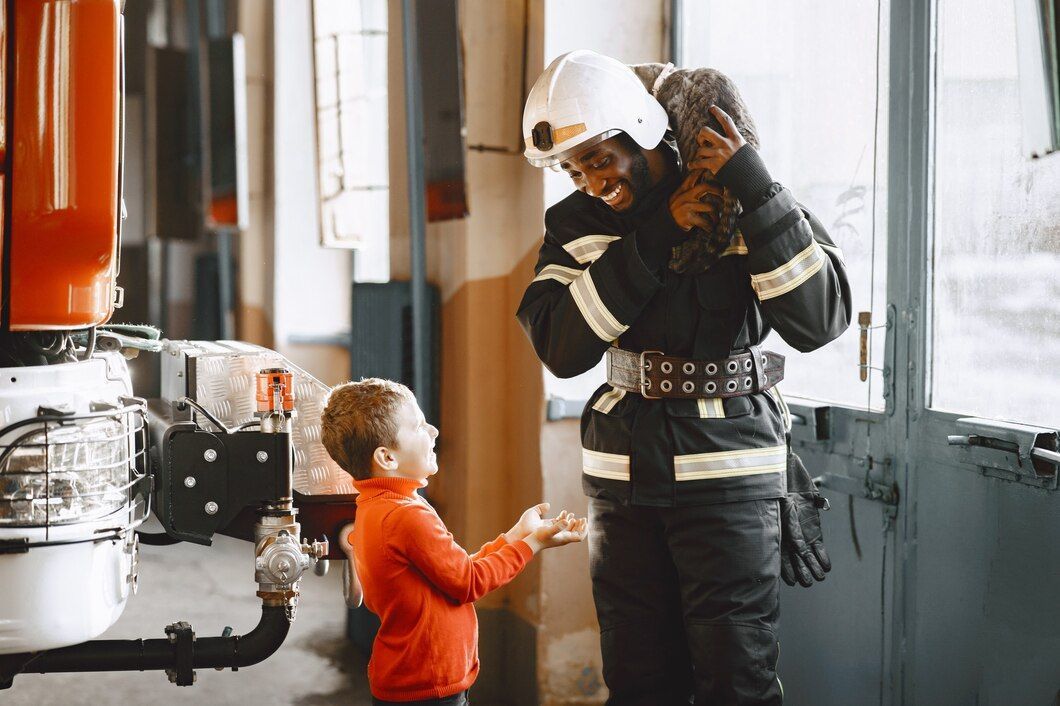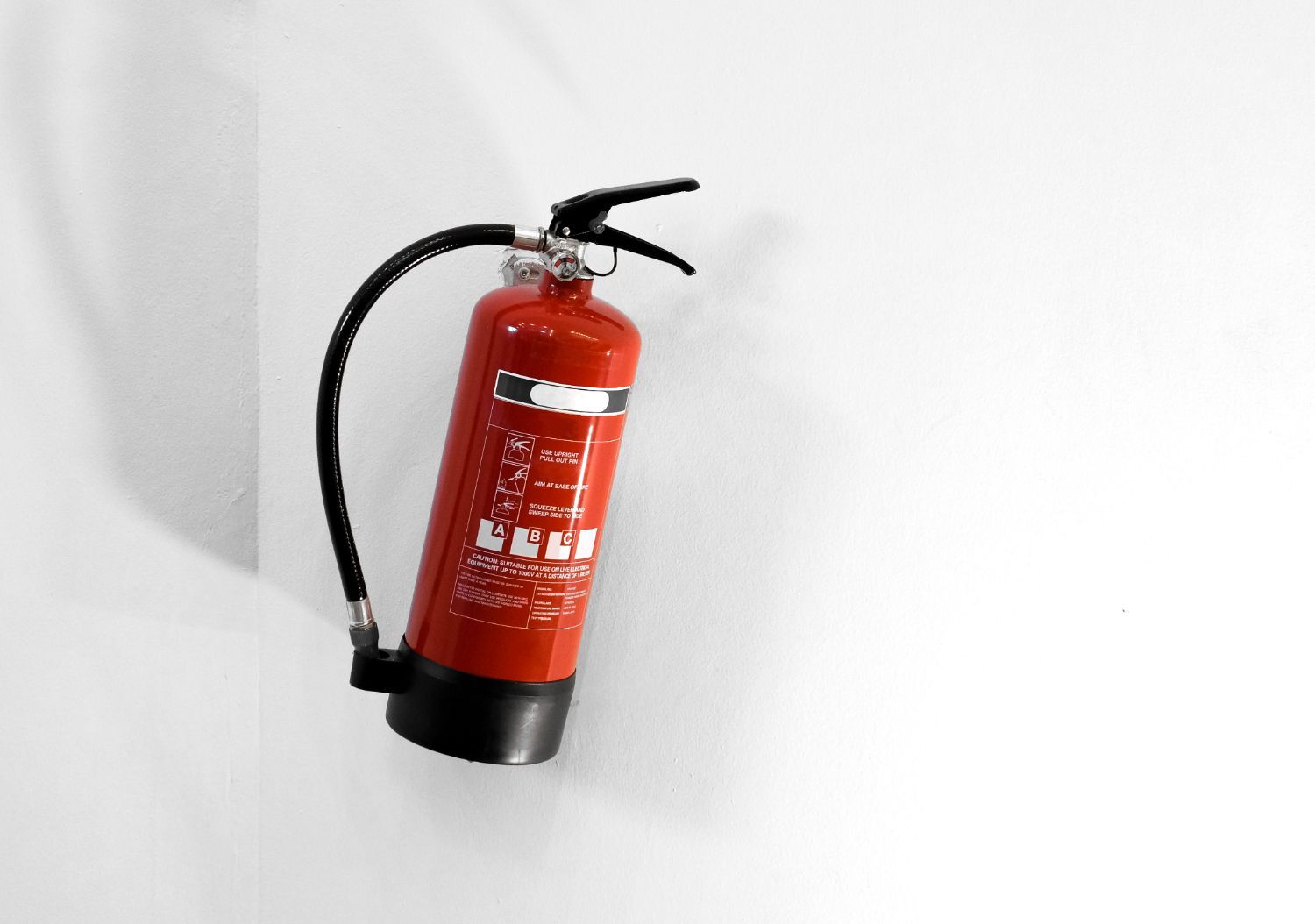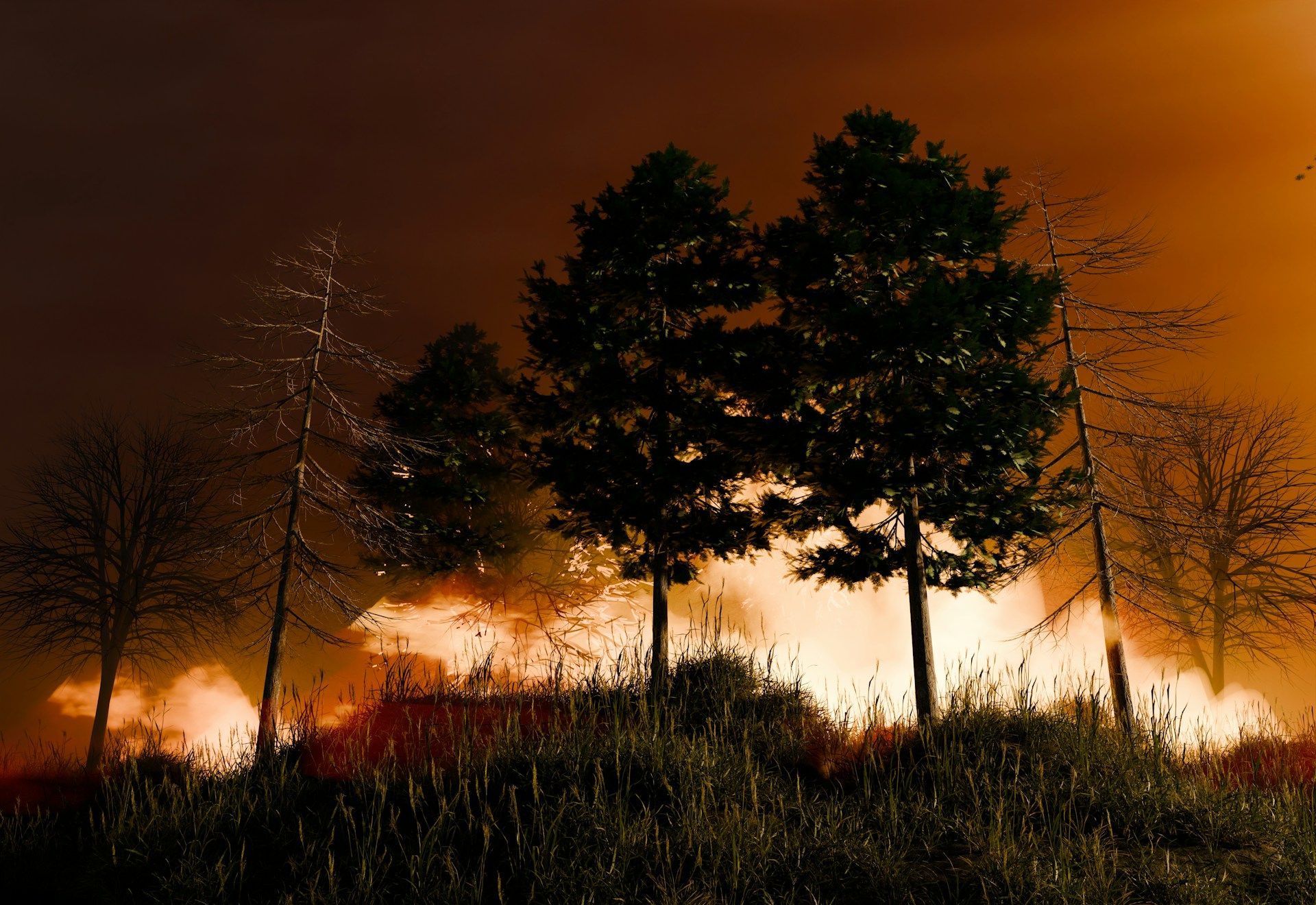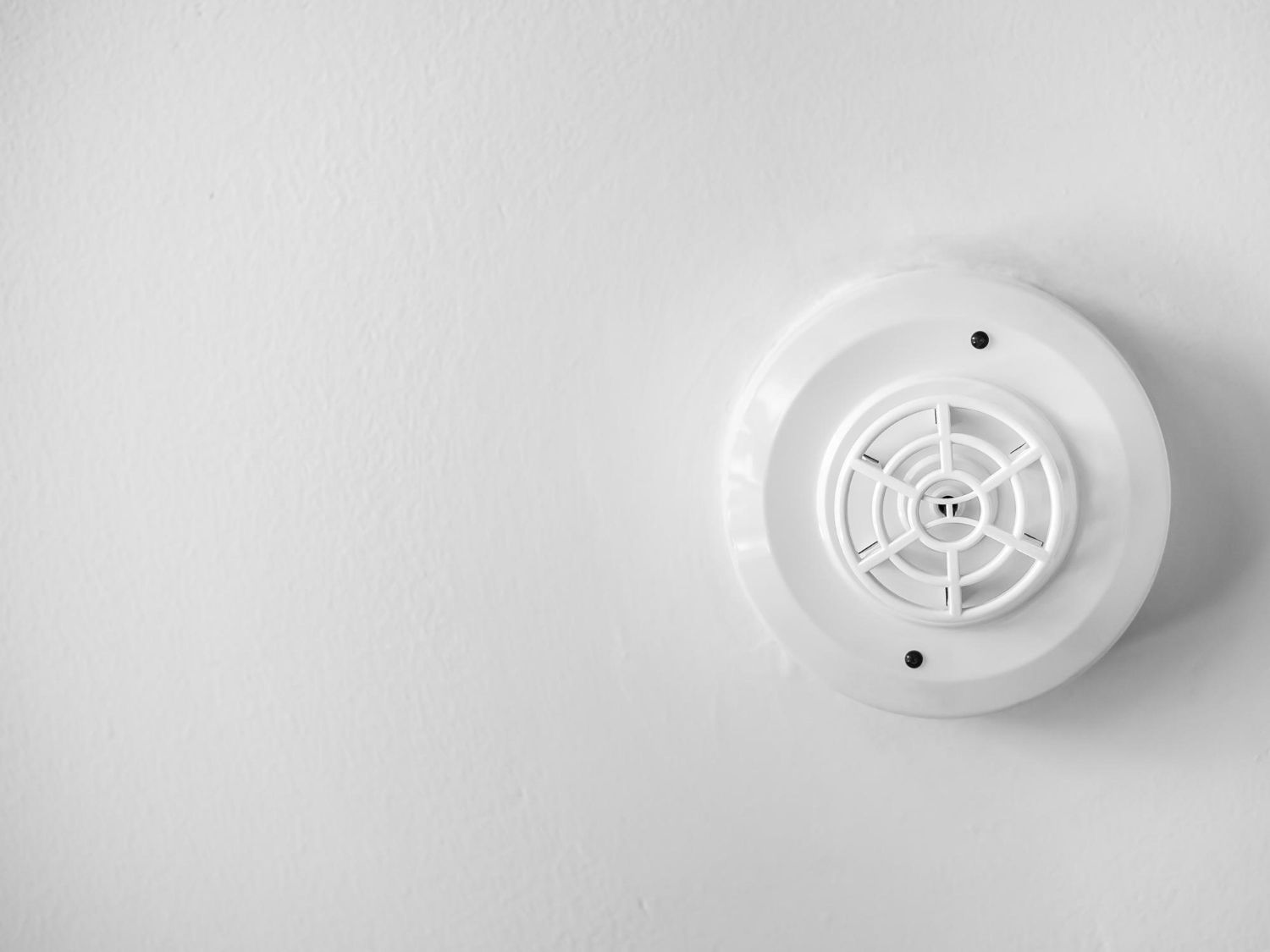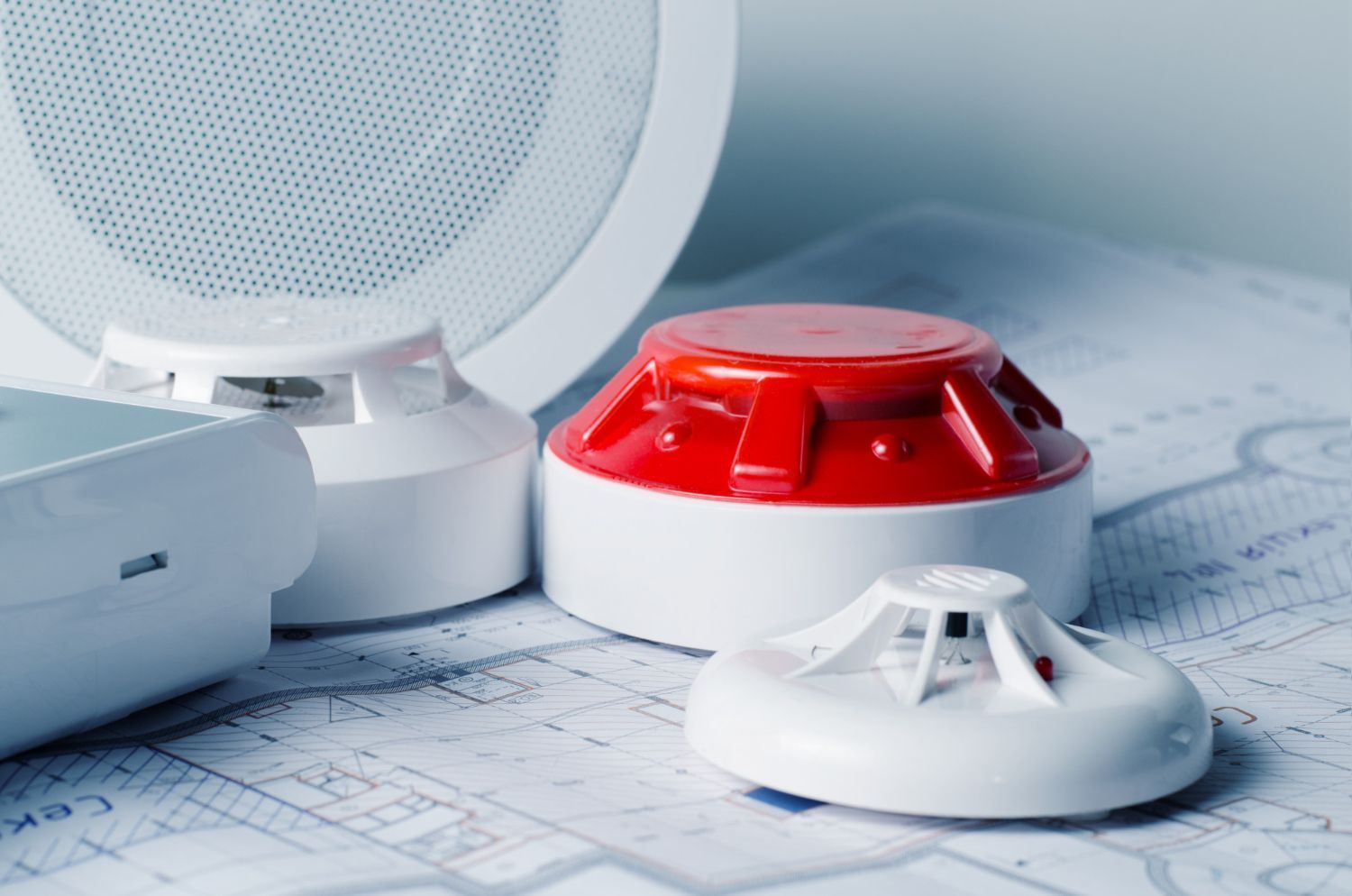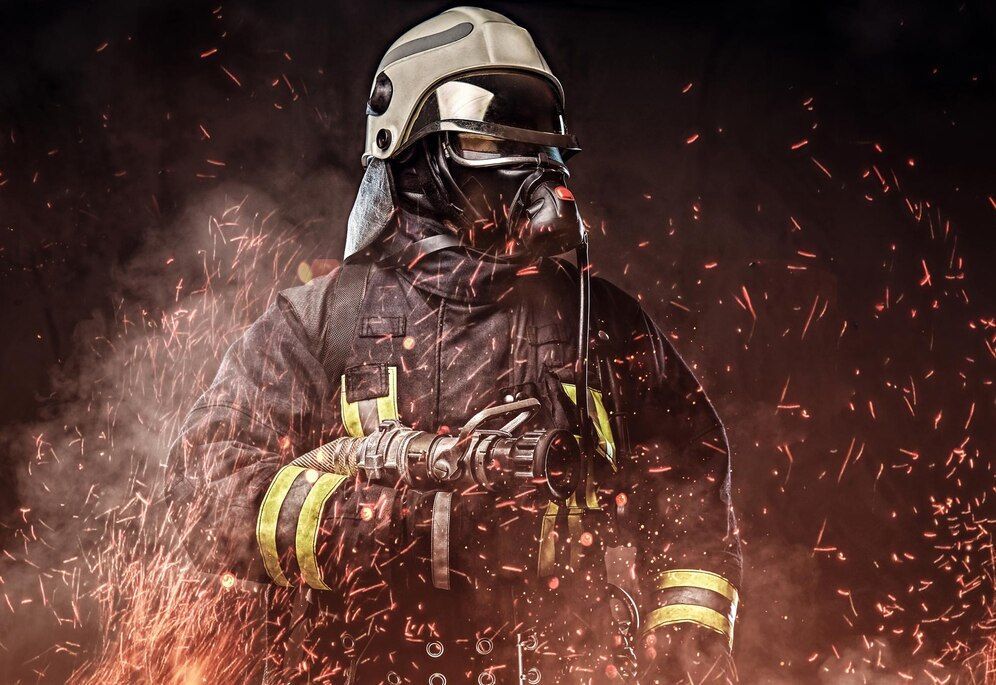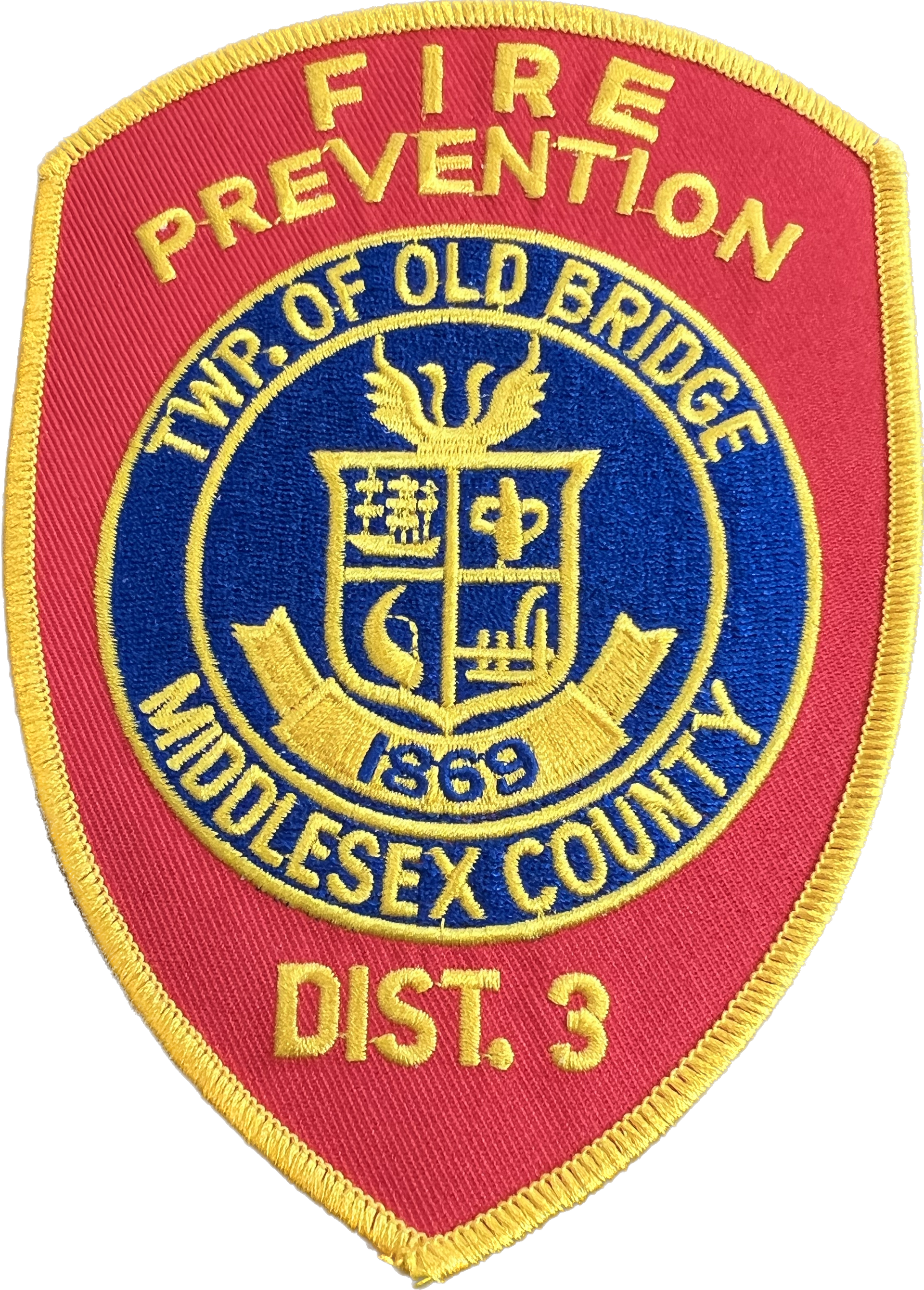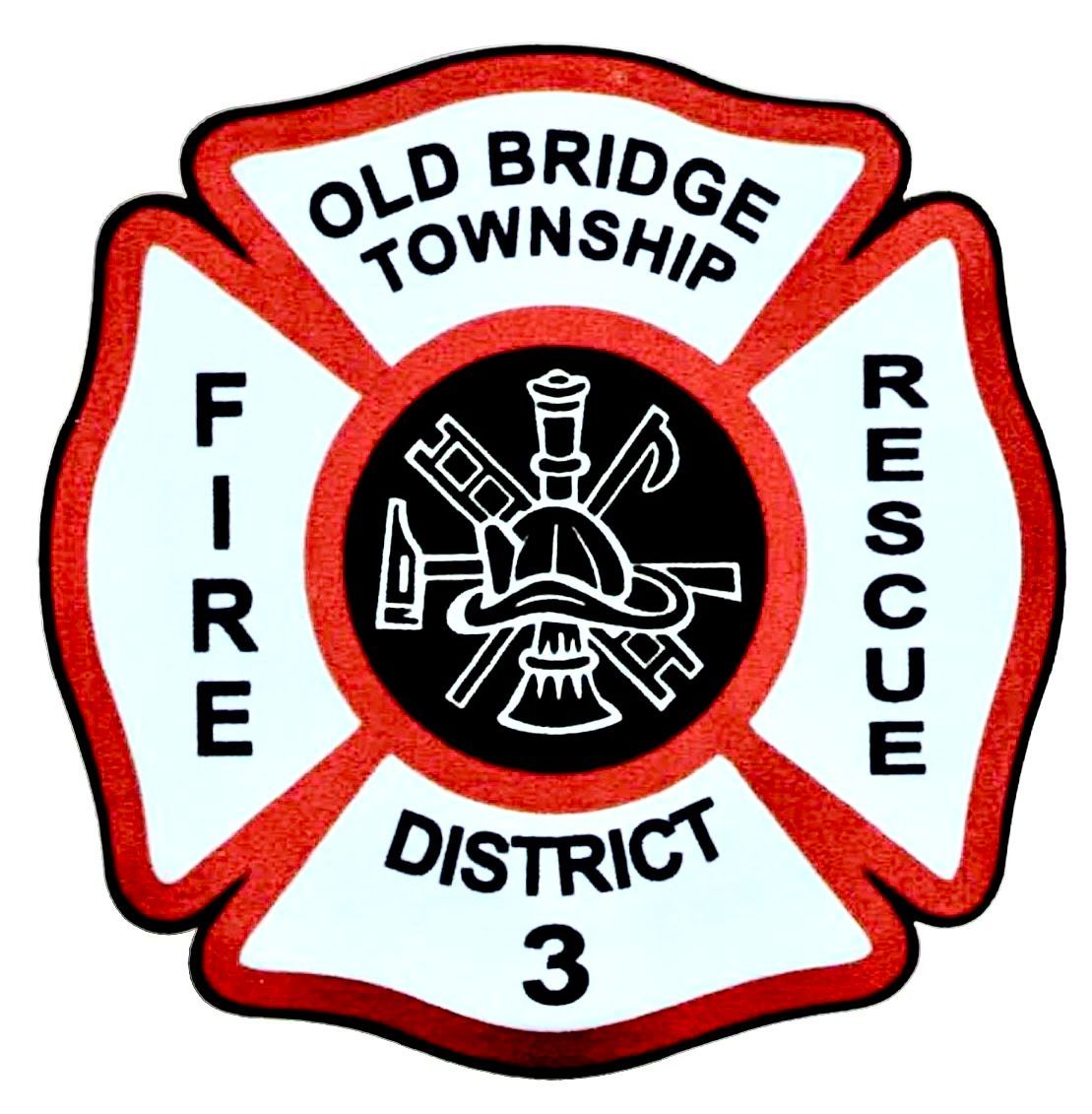Understanding the Wildfire Threat: A Comprehensive Guide on Home Safety
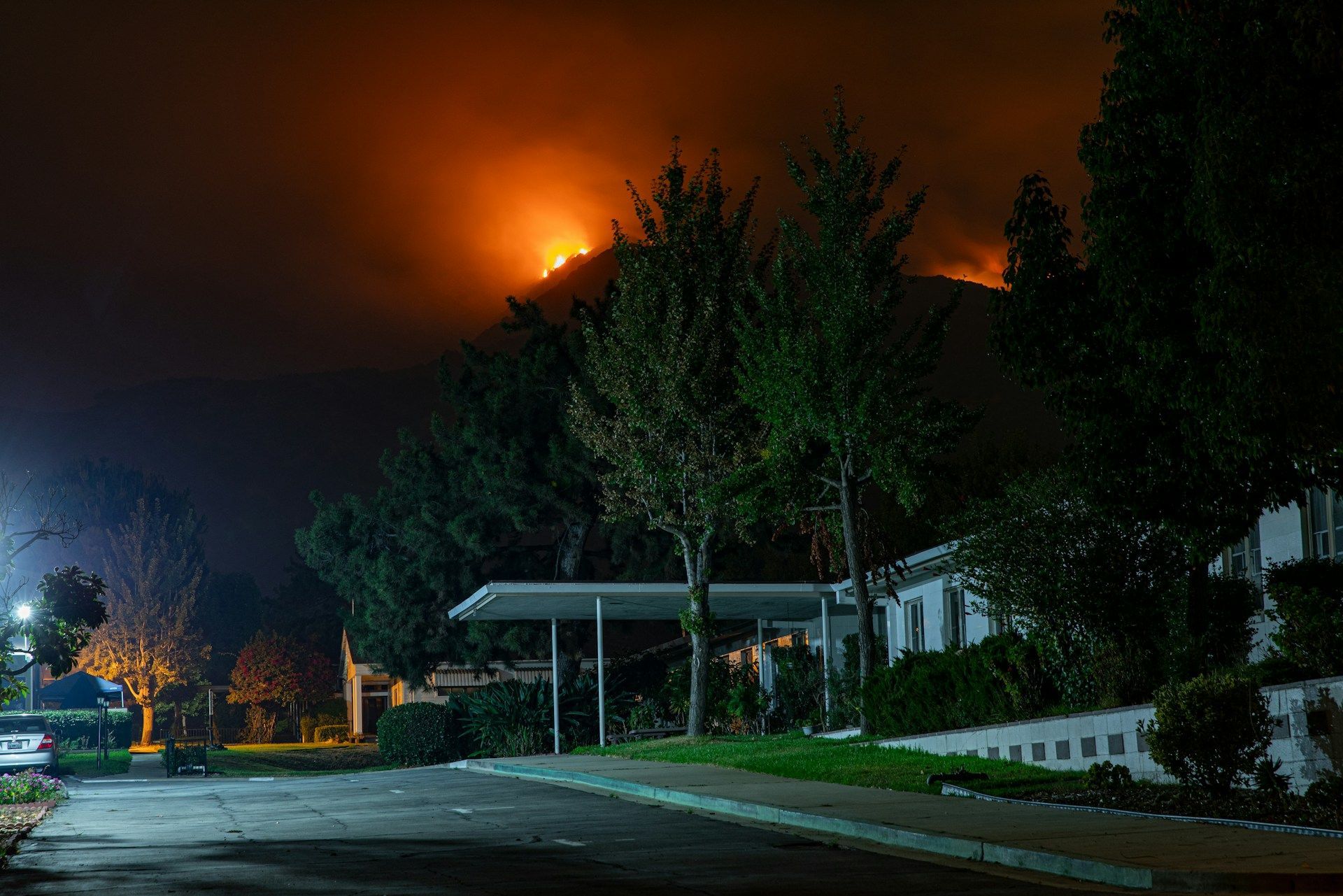
As the climate continues to transform, wildfires have become an alarming reality that is demanding our immediate attention and action. It’s not an overstatement to say that wildfires are a significant threat to our homes and families, especially for those residing in fire-prone areas.
In an era where wildfires are becoming increasingly unpredictable and severe, preparedness is the most potent weapon we possess. It’s our hope that this guide will serve as a valuable resource that enhances your understanding of wildfire safety and enables you to take decisive action towards the protection of your home and family.
Remember, the key to effective wildfire safety and preparedness is not merely about reacting to fires, but proactively mitigating risks and planning for potential scenarios. Let this guide be your compass as you navigate the complex terrain of wildfire safety, instilling a sense of confidence and resilience against one of nature's most powerful forces.
Creating Defensible Space Around Your Home
Defensible space is paramount in protecting your home from wildfires, as it provides a buffer between your property and surrounding vegetation. Implement these strategies to create effective defensible space:
1. Zone 1 (0-30 feet from your home): Remove all dead plants, grass, and weeds, as well as overhanging tree branches within this zone. Maintain a distance of at least 10 feet between trees to prevent fire spread.
2. Zone 2 (30-100 feet from your home): Cut or mow grass to a height of four inches or less, and create fuel breaks with hardscaping features such as gravel walkways or stone walls.
3. Zone 3 (100-200 feet from your home): Ensure that trees are spaced widely enough to prevent fires from spreading between tree crowns and remove ladder fuels, such as vines and low-level tree branches.
4. Ongoing Maintenance: Regularly maintain your defensible space by clearing debris, pruning trees, and addressing any new hazards.
Choosing Fire-Resistant Building Materials
Selecting fire-resistant building materials is another crucial aspect of wildfire safety. Utilize these tips when choosing materials for your home construction or renovation:
1. Roofing Materials: Use Class A fire-rated roofing materials, such as asphalt shingles, metal, tile, or slate, to minimize the risk of airborne firebrands igniting your roof.
2. Siding Materials: Opt for fire-resistant siding materials like stucco, brick, stone, or fiber cement. Avoid using highly flammable materials, such as vinyl or wood siding.
3. Windows and Doors: Install dual-pane windows with tempered glass to reduce heat transfer, and choose fire-resistant doors made from materials such as metal or fiberglass.
4. Decking and Fencing: Utilize fire-resistant decking materials like composite materials, concrete, or stone, and consider noncombustible or ignition-resistant fencing options.
Emergency Planning and Preparedness
Establishing a comprehensive emergency plan is vital for ensuring the safety of your family during a wildfire. Follow these guidelines when creating your emergency plan:
1. Evacuation Plan: Draft a well-defined evacuation plan that includes multiple escape routes, a designated meeting location, and necessary communication measures.
2. Emergency Kit: Prepare an emergency kit with essential items, such as non-perishable food, water, clothing, flashlight, medications, and important documents.
3. Stay Informed: Monitor local news, weather alerts, and use mobile apps to stay updated on wildfire activity in your area. Sign up for reverse 911 to receive evacuation notifications during a wildfire.
4. Practice Drills: Conduct regular wildfire safety drills, allowing your family to become familiar with the emergency plan and refine their actions under controlled circumstances.
Collaborating with Your Community
Working together as a community is a powerful approach to wildfire safety and preparedness. By promoting a sense of shared responsibility, collective action can help minimize the impacts of wildfires on the entire neighborhood:
1. Firewise Communities Program: Encourage your community to join the Firewise Communities Program, which provides valuable guidance and resources for reducing wildfire risk at the community level.
2. Neighborhood Collaboration: Organize community meetings, workshops, and cleanup activities to discuss shared wildfire safety goals and collaborate on collective risk reduction efforts.
3. Local Fire Department Support: Engage with your local fire department to learn about wildfire safety resources, evacuation plans, and possible volunteer opportunities to assist in community preparedness initiatives.
4. Share Knowledge: Educate your neighbors on wildfire safety best practices, and encourage them to implement defensible space strategies, utilize fire-resistant building materials, and develop family emergency plans.
The Role of Emergency Planning in Wildfire Safety
The threat of wildfires is a reality that must be confronted with a proactive and informed mindset. It’s a shared responsibility that requires individual, community, and institutional action. While the task may seem daunting, the potential to protect our homes, our loved ones, and our communities from the devastating effects of wildfires is well worth the effort. Through education, preparation, and vigilance, we can significantly mitigate the risks posed by wildfires and safeguard our future.
At the Board of Fire Commissioners, Fire District 3, Township of Old Bridge, we remain dedicated to supporting our community through education, resources, and expert guidance on wildfire safety and preparedness. By working together with our
fire department in New Jersey, we can mitigate the devastating impacts of wildfires and create a safer, more resilient community for all.

